-
 Bitcoin
Bitcoin $117300
-0.11% -
 Ethereum
Ethereum $3713
0.78% -
 XRP
XRP $3.124
-0.30% -
 Tether USDt
Tether USDt $1.000
-0.03% -
 BNB
BNB $780.4
1.65% -
 Solana
Solana $185.0
1.22% -
 USDC
USDC $0.0000
0.00% -
 Dogecoin
Dogecoin $0.2342
2.26% -
 TRON
TRON $0.3171
0.98% -
 Cardano
Cardano $0.8166
1.07% -
 Hyperliquid
Hyperliquid $44.02
5.30% -
 Sui
Sui $3.949
6.96% -
 Stellar
Stellar $0.4335
2.55% -
 Chainlink
Chainlink $18.27
3.07% -
 Hedera
Hedera $0.2636
10.41% -
 Bitcoin Cash
Bitcoin Cash $553.6
6.11% -
 Avalanche
Avalanche $23.95
1.68% -
 Litecoin
Litecoin $112.8
1.50% -
 UNUS SED LEO
UNUS SED LEO $8.985
0.02% -
 Shiba Inu
Shiba Inu $0.00001397
3.44% -
 Toncoin
Toncoin $3.193
2.54% -
 Ethena USDe
Ethena USDe $1.001
-0.06% -
 Uniswap
Uniswap $10.42
4.00% -
 Polkadot
Polkadot $4.087
2.51% -
 Monero
Monero $323.7
-2.21% -
 Dai
Dai $0.0000
-0.02% -
 Bitget Token
Bitget Token $4.568
0.24% -
 Pepe
Pepe $0.00001250
2.88% -
 Aave
Aave $295.8
2.98% -
 Cronos
Cronos $0.1326
4.07%
區塊鏈中的協議升級是什麼?
協議在區塊鍊網絡中升級,例如以太坊向POS或Bitcoin的SEGWIT轉變,提高性能和安全性,但需要仔細的共識和計劃。
2025/04/19 23:07
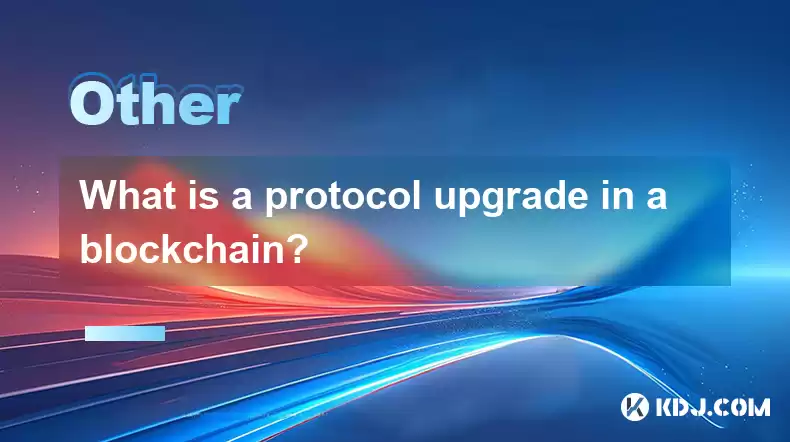
協議在區塊鏈中升級是指更新或修改區塊鍊網絡的基本規則和功能的過程。這可能涉及更改區塊鏈的共識機制,交易處理,智能合約功能或其他基本方面。協議升級對於改善區塊鏈的性能,安全性和功能至關重要,以確保其保持競爭力並適應新的技術進步。
協議升級類型
區塊鍊網絡中主要有兩種類型的協議升級:硬叉和軟叉。硬叉是協議的重大變化,該協議與以前版本的區塊鏈永久發散。不升級到新版本的節點將不再是網絡的一部分。另一方面,軟叉是一個向後兼容的升級,儘管功能有限,但未升級的節點仍然可以參與網絡。
實施協議升級的過程
實施協議升級涉及幾個關鍵步驟,需要仔細計劃和執行。該過程通常始於提案和討論,開發人員和利益相關者討論需要進行升級並提出更改的需求。接下來是開發和測試,在受控環境中對所提出的更改進行編碼和測試,以確保它們按預期運行。一旦完成測試階段,就可以通過硬叉或軟叉執行升級的部署,具體取決於更改的性質。最後,監視和維護對於確保升級正常運行並解決可能出現的任何問題至關重要。
著名協議升級的示例
幾個區塊鍊網絡已經進行了重大的協議升級,對其功能和採用產生了深遠的影響。一個值得注意的例子是以太坊從工作證明(POW)轉變為股份證明(POS) ,稱為以太坊2.0。此升級旨在提高網絡的可擴展性,安全性和能源效率。另一個示例是Bitcoin的隔離見證(SEGWIT)升級,該升級解決了交易延展性問題並增加了塊大小限制,從而增強了網絡處理更多交易的能力。
協議升級中的挑戰和考慮因素
協議升級雖然有益,但仍帶有自己的一系列挑戰和考慮。一個主要的挑戰是在網絡參與者之間達成共識。由於區塊鍊是分散的,因此很難讓所有利益相關者就所提出的更改達成共識。另一個考慮因素是向後的兼容性,尤其是在軟叉的情況下,確保未升級的節點仍然可以有效運行至關重要。此外,安全是一個首要問題,因為可以利用升級中的任何缺陷,可能導致網絡漏洞。
治理在協議升級中的作用
治理在成功實施協議升級中起著至關重要的作用。有效的治理機制有助於促進討論,達成共識以及在整個升級過程中確保透明度。不同的區塊鏈採用了各種治理模型,從鏈上投票系統到脫鏈決策過程。例如, Tezos使用一個自我塑造的分類帳,使利益相關者可以直接在區塊鏈上對擬議的升級進行投票,從而使過程更加民主和簡化。
協議升級對用戶和開發人員的影響
協議升級對區塊鏈生態系統中的用戶和開發人員都有重大影響。對於用戶而言,升級可以引入新功能,提高交易速度並提高安全性,從而改善其整體體驗。對於開發人員而言,升級可以為建立應用程序和智能合約開闢新的可能性,並需要對現有代碼庫進行調整,以確保與新協議的兼容性。對於開發人員而言,必須了解即將升級並相應地準備其應用程序的情況。
常見問題
問:用戶如何準備協議升級?
答:用戶可以通過了解通過官方渠道和社區論壇的擬議更改來準備協議升級。他們還應確保將其錢包和節點更新到最新版本,以避免在升級過程中發生任何干擾。此外,用戶應了解可能影響其交易並相應調整活動的任何新功能或更改。
問:如果在硬叉期間沒有升級節點,會發生什麼?
答:如果在硬叉期間沒有升級節點,它將不再是升級的區塊鍊網絡的一部分。相反,它將繼續在區塊鏈的舊版本上運行,從而有效地創建一個新的單獨的區塊鏈。這可能會導致節點無法驗證升級網絡上的新塊或過程交易。
問:協議升級可以反轉嗎?
答:在大多數情況下,協議升級被設計為對區塊鏈規則和功能的永久更改。逆轉協議升級,尤其是硬叉,將需要另一個硬叉才能恢復為先前的狀態,這可能是複雜而有爭議的。向後兼容的軟叉子可能更容易倒轉,但是它仍然需要網絡參與者之間的共識。
問:協議升級如何影響加密貨幣的價值?
答:協議升級可能會對加密貨幣的價值產生不同的影響。提高網絡性能和安全性的積極升級可以提高投資者的信心並提高價值。相反,有爭議的升級或引入不確定性的升級會導致波動和潛在的價值下降。對價值的影響很大程度上取決於與升級相關的感知福利和風險。
免責聲明:info@kdj.com
所提供的資訊並非交易建議。 kDJ.com對任何基於本文提供的資訊進行的投資不承擔任何責任。加密貨幣波動性較大,建議您充分研究後謹慎投資!
如果您認為本網站使用的內容侵犯了您的版權,請立即聯絡我們(info@kdj.com),我們將及時刪除。
- 華爾街的比特幣大富翁:ETF文件信號Crypto的即將派對
- 2025-07-26 15:10:12
- 比特幣,辛西婭·盧米斯(Cynthia Lummis)和自由金錢:紐約的觀點
- 2025-07-26 15:10:12
- 英國技術,比特幣和投資:解碼最新趨勢
- 2025-07-26 15:30:11
- 英國加密法規:比特幣會為散戶投資者開放嗎?
- 2025-07-26 15:30:11
- Chatgpt,Binance Coin,價格預測:BNB在2025年的看漲前景?
- 2025-07-26 15:35:12
- 花旗集團的比特幣預測:到2025年到2025年 - 對嗎?
- 2025-07-26 15:35:12
相關知識
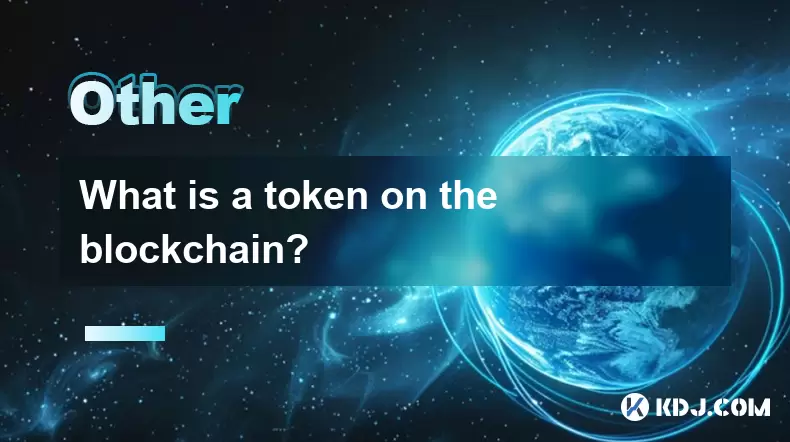
區塊鏈上的令牌是什麼?
2025-07-21 07:00:37
了解令牌的概念在區塊鏈技術領域中,令牌是區塊鍊網絡上存在的資產或實用程序的數字表示。與加密貨幣(例如Bitcoin或以太坊(以太坊)原產於其自己的區塊鏈,代幣是在現有的區塊鏈平台之上創建的。這些令牌可以代表各種形式的價值,包括但不限於貨幣,資產,權利或獲得服務。這些令牌的創建和管理通常受定義其規則和...
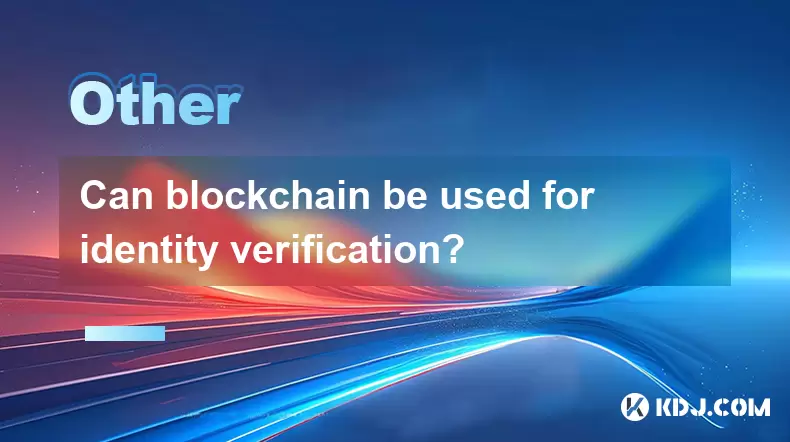
可以將區塊鏈用於身份驗證嗎?
2025-07-18 14:14:50
了解數字時代的身份驗證在現代數字景觀中,身份驗證已成為確保安全和信任在線互動的關鍵組成部分。傳統方法通常依靠集中系統,這些系統可能容易受到數據洩露和身份盜用的影響。區塊鏈技術的出現引入了一個分散的替代方案,該替代方案可以徹底改變身份的管理和認證。區塊鏈不變的分類帳系統允許創建防篡改記錄,使其成為身份...
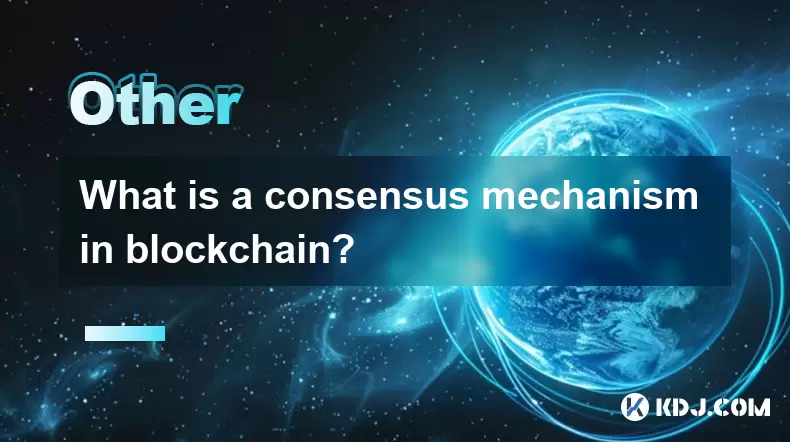
區塊鏈中的共識機制是什麼?
2025-07-21 03:01:19
了解共識機制的基礎知識共識機制是任何區塊鍊網絡的關鍵組成部分。它指的是節點(參與網絡的計算機)對交易的有效性和分類帳的當前狀態一致的過程。如果沒有中央權威監督操作,區塊鏈技術就依靠這些機制來確保分散參與者之間的信任和安全。在傳統金融系統中,中央銀行或金融機構驗證交易。但是,在像區塊鏈這樣的分散系統中...
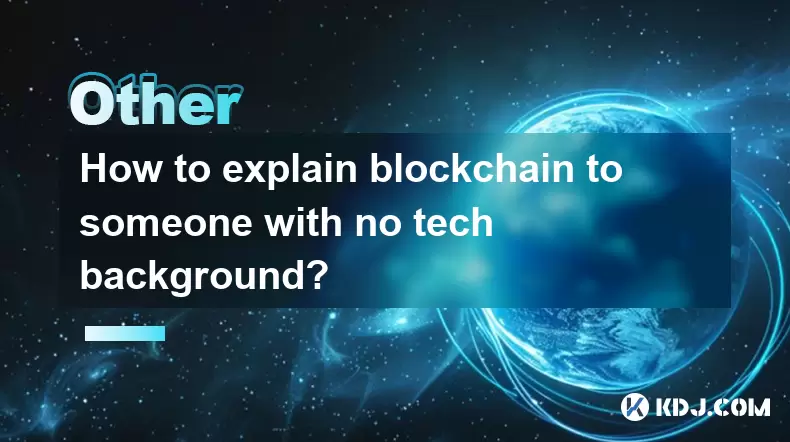
如何向沒有技術背景的人解釋區塊鏈?
2025-07-18 23:08:13
了解區塊鏈的基礎知識為了向沒有技術背景的人解釋區塊鏈,必須從簡單的類比開始,避免使用技術術語。將區塊鏈視為記錄交易的共享數字筆記本。本筆記本不歸任何一個人或組織所有。取而代之的是,它可供參與網絡中的每個人使用,任何人都可以檢查其中所寫的內容。每次發生事務時,它都會添加到一個塊中,一旦該塊已滿,它將連...

誰發明了區塊鏈技術?
2025-07-23 01:28:21
區塊鏈技術的起源區塊鏈技術並未來自單個發明家或機構。取而代之的是,它通過數十年來的一系列學術論文和加密進步而發展。在“區塊鏈”一詞廣泛認可之前,研究人員探索了基礎區塊鏈(例如分佈式分類帳,加密哈希和點對點網絡)的核心概念。這項技術最早的基礎之一是在1980年代和1990年代通過密碼學和計算機科學的工...
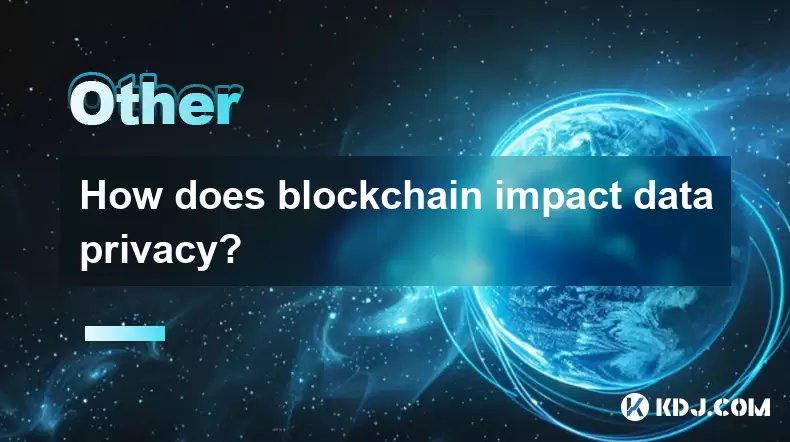
區塊鏈如何影響數據隱私?
2025-07-21 14:21:55
了解區塊鏈在數據隱私中的作用區塊鏈技術最初是作為Bitcoin等加密貨幣的基礎架構開發的,已演變為一個有力的工具,用於保護和管理數據。它的分散性質從根本上改變了數據的存儲,共享和訪問方式,這對數據隱私產生了重大影響。與傳統的集中式系統不同,單個實體控制數據,區塊鏈在節點網絡上分配它,從而使未經授權的...

區塊鏈上的令牌是什麼?
2025-07-21 07:00:37
了解令牌的概念在區塊鏈技術領域中,令牌是區塊鍊網絡上存在的資產或實用程序的數字表示。與加密貨幣(例如Bitcoin或以太坊(以太坊)原產於其自己的區塊鏈,代幣是在現有的區塊鏈平台之上創建的。這些令牌可以代表各種形式的價值,包括但不限於貨幣,資產,權利或獲得服務。這些令牌的創建和管理通常受定義其規則和...

可以將區塊鏈用於身份驗證嗎?
2025-07-18 14:14:50
了解數字時代的身份驗證在現代數字景觀中,身份驗證已成為確保安全和信任在線互動的關鍵組成部分。傳統方法通常依靠集中系統,這些系統可能容易受到數據洩露和身份盜用的影響。區塊鏈技術的出現引入了一個分散的替代方案,該替代方案可以徹底改變身份的管理和認證。區塊鏈不變的分類帳系統允許創建防篡改記錄,使其成為身份...

區塊鏈中的共識機制是什麼?
2025-07-21 03:01:19
了解共識機制的基礎知識共識機制是任何區塊鍊網絡的關鍵組成部分。它指的是節點(參與網絡的計算機)對交易的有效性和分類帳的當前狀態一致的過程。如果沒有中央權威監督操作,區塊鏈技術就依靠這些機制來確保分散參與者之間的信任和安全。在傳統金融系統中,中央銀行或金融機構驗證交易。但是,在像區塊鏈這樣的分散系統中...

如何向沒有技術背景的人解釋區塊鏈?
2025-07-18 23:08:13
了解區塊鏈的基礎知識為了向沒有技術背景的人解釋區塊鏈,必須從簡單的類比開始,避免使用技術術語。將區塊鏈視為記錄交易的共享數字筆記本。本筆記本不歸任何一個人或組織所有。取而代之的是,它可供參與網絡中的每個人使用,任何人都可以檢查其中所寫的內容。每次發生事務時,它都會添加到一個塊中,一旦該塊已滿,它將連...

誰發明了區塊鏈技術?
2025-07-23 01:28:21
區塊鏈技術的起源區塊鏈技術並未來自單個發明家或機構。取而代之的是,它通過數十年來的一系列學術論文和加密進步而發展。在“區塊鏈”一詞廣泛認可之前,研究人員探索了基礎區塊鏈(例如分佈式分類帳,加密哈希和點對點網絡)的核心概念。這項技術最早的基礎之一是在1980年代和1990年代通過密碼學和計算機科學的工...

區塊鏈如何影響數據隱私?
2025-07-21 14:21:55
了解區塊鏈在數據隱私中的作用區塊鏈技術最初是作為Bitcoin等加密貨幣的基礎架構開發的,已演變為一個有力的工具,用於保護和管理數據。它的分散性質從根本上改變了數據的存儲,共享和訪問方式,這對數據隱私產生了重大影響。與傳統的集中式系統不同,單個實體控制數據,區塊鏈在節點網絡上分配它,從而使未經授權的...
看所有文章

























































































